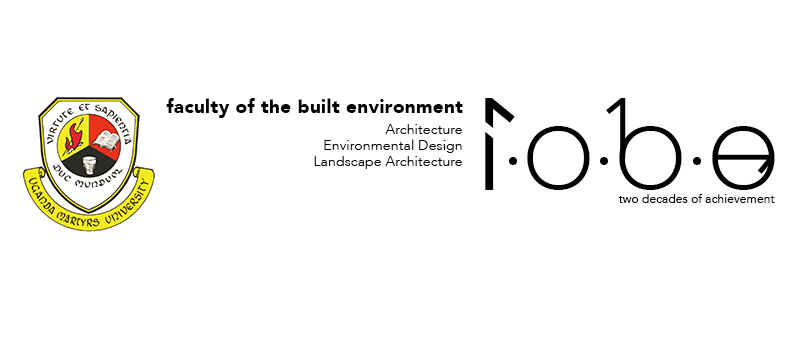Physics of Heat Transfer
Heat transfer takes place by
Radiation takes place between bodies / surfaces without the intervention of a medium (such as air). Solar radiation is the most familiar form of radiation. It is less well recognised that heat can be lost from buildings and from human bodies by radiation to cold objects or surfaces.
Conduction takes place through solids, liquids or gases by direct transfer of energy [as with electricity in a cable];
- A material with a high rate of energy transfer [in this case of heat] is called a conductor.
- A material with a low rate of energy transfer is called an insulator
- The presence of moisture in a material can significantly increase its conductivity
Convection takes place by actual movement from one place to another of the fluid containing the heat. Convection in a building space or a building element is generally caused by a temperature differential or temperature gradient between different parts of the fluid, in particular the movement upwards of heated air or water, as its density decreases.
The movement of cooler air across the surface of a building material will carry heat away from that surface; e.g. wind on the external walls of a building). This effect is recognized in the so-called 'wind chill factor'. This effect is increased if the surface is wet; as moisture evaporates it extracts latent heat from the wall.
